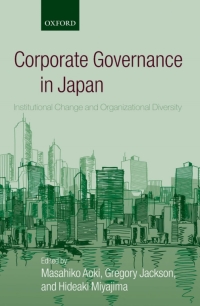Question
Consider a market with a risk-free security and a risky asset. Assume that investor is not a price-taker so that her trading moves the expected
Consider a market with a risk-free security and a risky asset. Assume that investor is not a price-taker so that her trading moves the expected return of a risky security P as following: E(rP) =.12-.10y, where y is a fraction of her complete portfolio (in decimals) invested in the risky security. (It follows that if an investor buys more of the risky security, its price increases and the expected return decreases.) Assume that risk-free rate, rf, is 3%, standard deviation is 20% and does not change when an investor trades, and the coefficient of risk aversion of an investor is 2. a. (8 MARKS) Find the optimal fraction of the complete portfolio allocated to the risky asset P by an investor, y, the expected return and standard deviation of the complete portfolio. Also find the maximal utility of an investor. Hint 1: you can follow the steps we did in the class in deriving y*. Hint 2: If you cannot find y, then you can assume that it is equal to some number and then find expected return and standard deviation.
Step by Step Solution
There are 3 Steps involved in it
Step: 1

Get Instant Access to Expert-Tailored Solutions
See step-by-step solutions with expert insights and AI powered tools for academic success
Step: 2

Step: 3

Ace Your Homework with AI
Get the answers you need in no time with our AI-driven, step-by-step assistance
Get Started


